The project was born within the Victims of Armed Conflict Care Program created in 2005 by the mayor of Medellín, but it wasn’t until 2012 that Museo Casa de la Memoria actually opened its doors to the public.
Located in Bicentenario Park of Medellín – behind the Pablo Tobón Uribe Theatre – its purpose is to offer a space to the armed conflict victims and their family to dignify, collect their memories, and disseminate their views on the violent cycle of town and country.
Despite its premise of “remembering for not repeating,” I found very few Colombians who are actually aware of the existence of such a museum in the city, to my surprise.
Apparently it’s more appealing to the foreigners passing by, taking into consideration that the history of Colombia is a touristic motive.
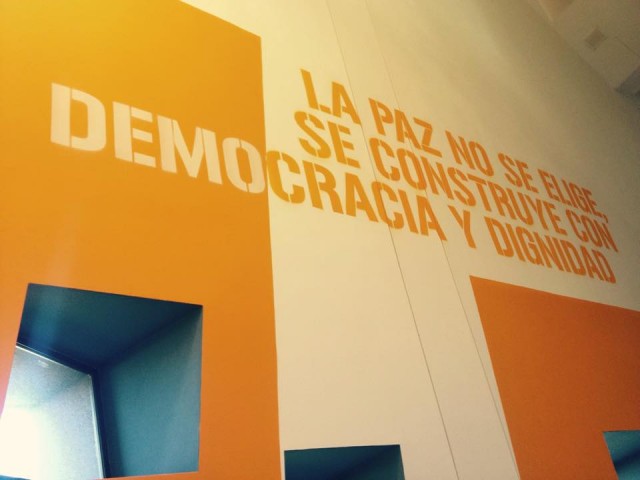
Main Exhibit Room
I was a bit disappointed by the fact that I was greeted by a couple of kids at the entrance, with no guidance on where to start.
I made my way across the second floor by entering a large room through the back door across the hall as I was fascinated by the testimonials written on the walls.
So when you enter the building, look for a big black door next to the Reception office. That would be the Main Exhibit Room, the one you should start with.
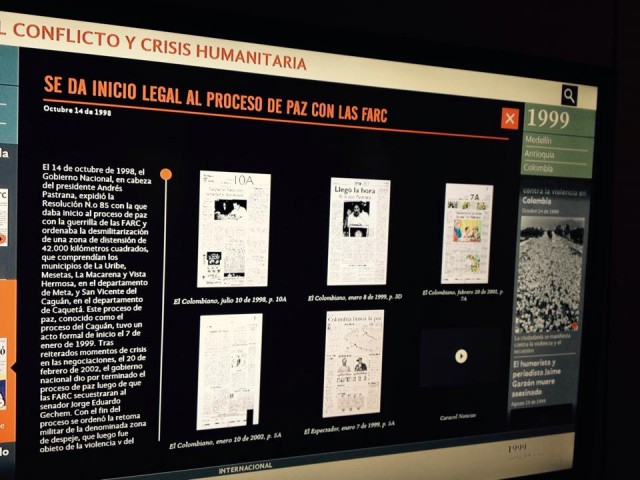
Inside, a tour guide leads you through the whole room. For a comprehensive experience, take the time to use the interactive platforms; they offer an amazing trip back in time.
Take a look at the interactive maps focused on a certain issue of interest to see areas of Medellín affected by massacres for examples, or to read about the peace process between the Colombian government and guerrilla groups.
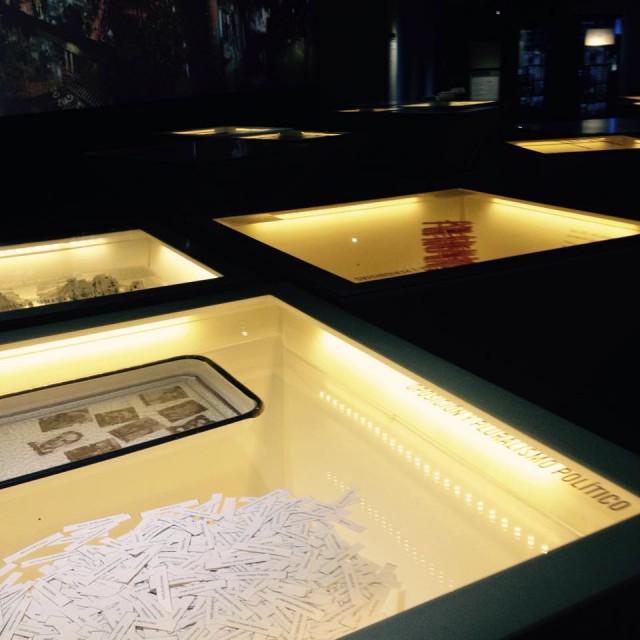
These interactive screens allow you to search within the history of the conflict by keywords that would lead you to newspaper articles on that matter written at the time it happened.
The Main Exhibit Room is the part of the museum where you can spend an entire day. It includes comprehensive information, taking you on a trip from the beginning of the armed conflict to the present.
And even though everything is stored in pictures and innovative platforms, I assure you it feels very real, like you’ve been part of it all. And that will give you goosebumps.
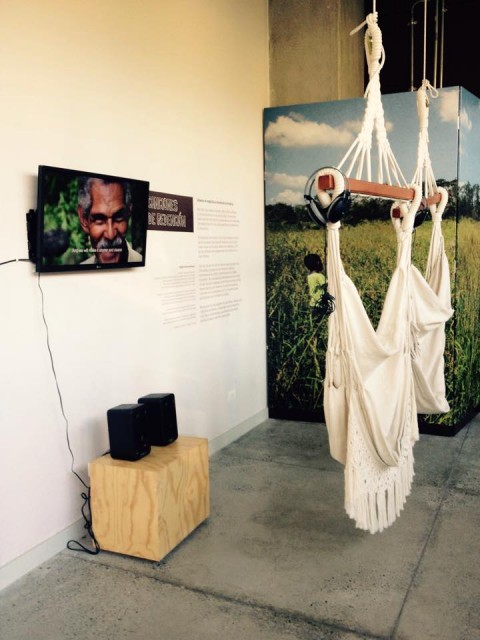
Temporary Exhibition Rooms
Going down the stairs to the first floor, you find three temporary exhibition rooms dedicated to the victims.
The first one pays a tribute to the farmers of Las Pavas (in the southern part of the Bolívar department), who have been displaced three times from their homeland in the past decade.
The Las Pavas farm has been emblematic on the issue of restitution of land, as it is an example of peaceful community resistance, awarded with the National Peace Award in 2013.
You find in this room videos and photographs telling the story of these farmers, which you can watch while lying down in the available hammock.
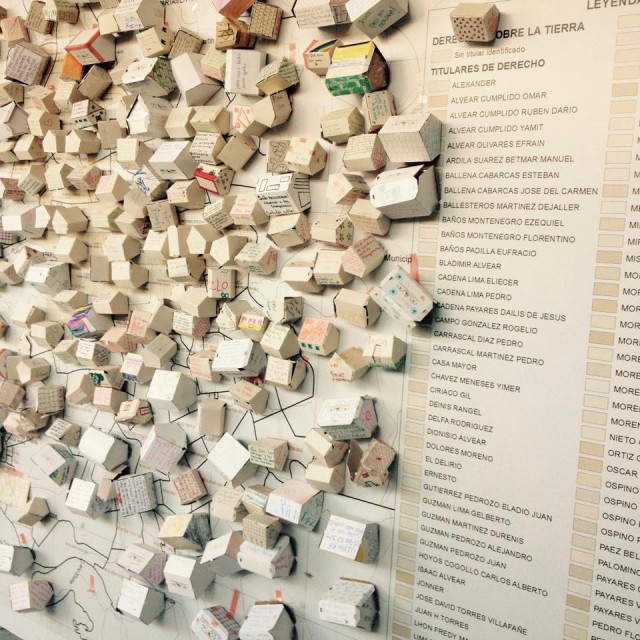
There’s also a wall with words of encouragement written on various shaped and colored paperboards by people who never lost hope in the long road toward peace. Feel free to write your own; there are markers and paperboards at disposal.
The second temporary exhibition room is called Video Verónica and has a support room right next to it. These rooms tell the story of the widows and mothers that lost their husbands and sons in the armed conflict.
Touching photographs are on the walls of the room, as a reminder of one of the many consequences of this conflict: broken families and immense pain.
The photos are black and white, but the victims are highlighted by having their faces colored as a way to keep their memory vivid.
The third temporary exhibition room takes us to the topographical history of Medellín from 1770 to 2011.
Maps and photographs of life a long time ago in this city definitely deserve a closer look. It’s amazing to see such a transformation of Medellín over the years.
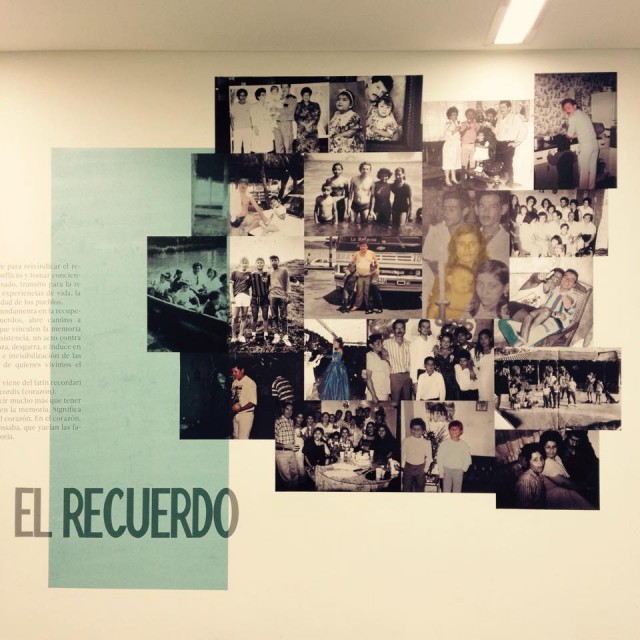
Final Thoughts
The entire museum gathers powerful stories, images and testimonials of victims’ families that can break even the coldest hearts.
It is also a great resource for those interested in one of the largest armed conflicts in the history of South America. Not to mention that if you’re doing any research or academic piece on the matter, it’s mandatory you come down here and pay it a visit.
All in all, Museo Casa de la Memoria is that type of museum that offers you a unique experience and understanding of a controversial history that led to Colombia becoming the amazing country it is today.
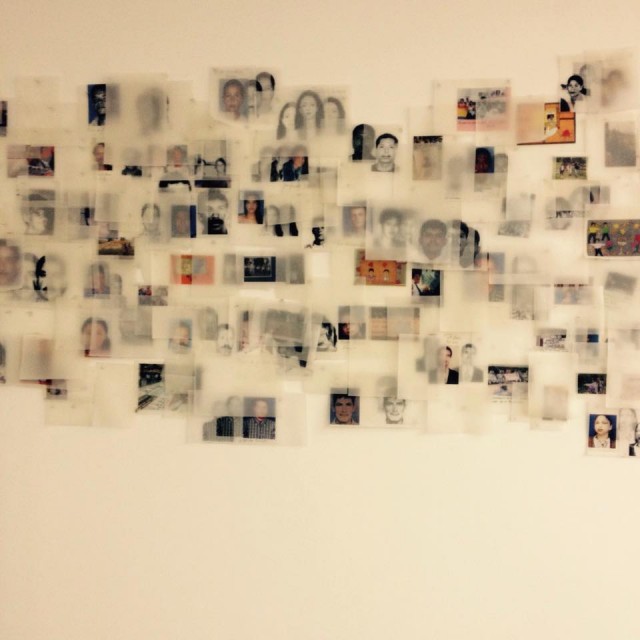
How to Get There
I went there right before Christmas day, so El Centro was total chaos. I wandered around the area for so long that I cancelled my running session that evening.
The easiest way to get there (besides taking a cab) is to take the metro to the Parque Berrío station.
From there, take Calle 52 until you get to Avenida Oriental, cross it without changing your direction, walk straight ahead on Avenida la Playa for about six blocks.
When you see the Pablo Tobón Uribe Theatre on your left, the museum is right behind it.
Admission is free and photos are allowed.



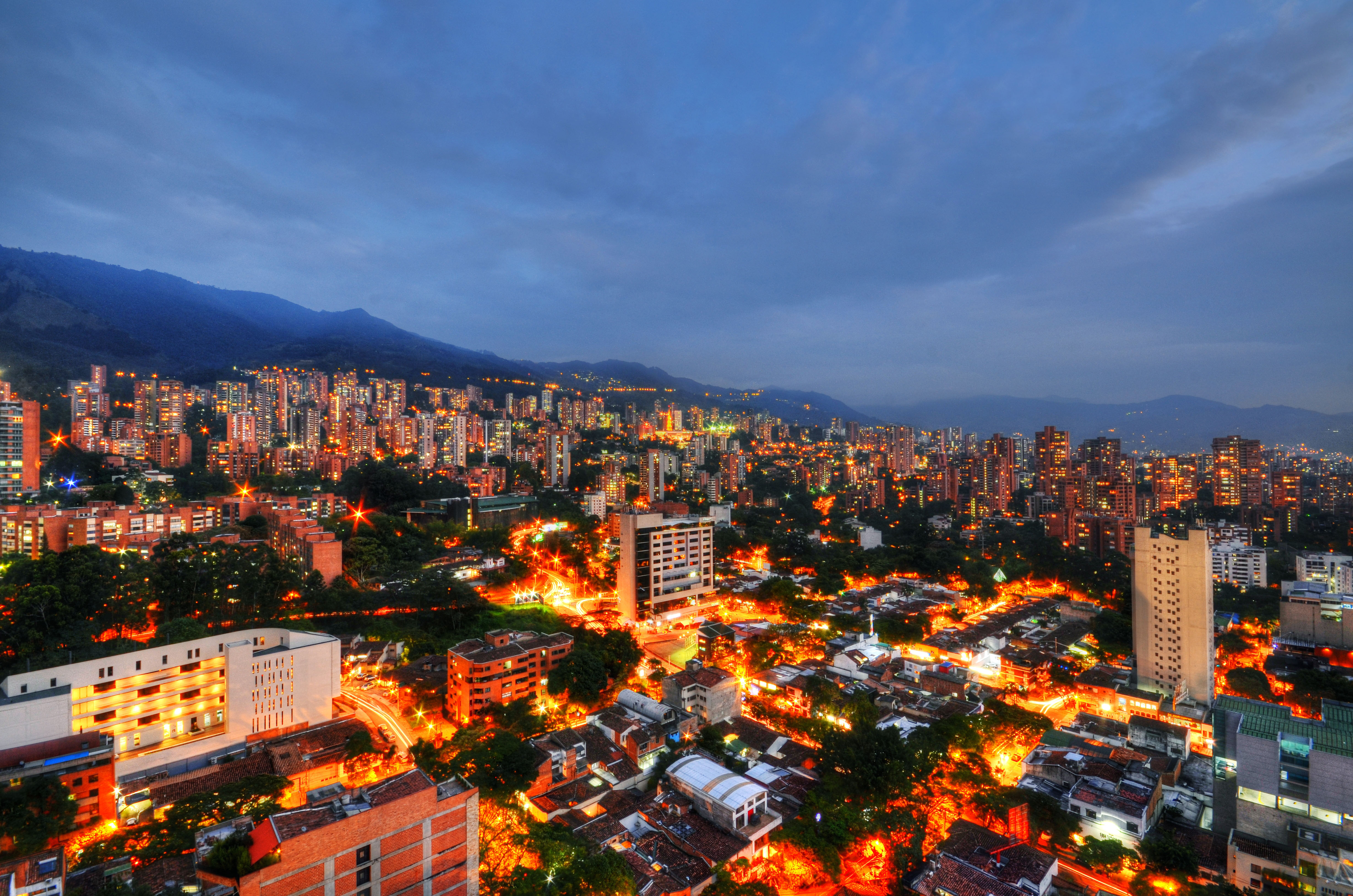

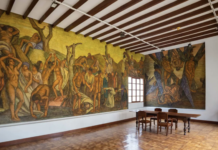






We’ve put this museum near the top of our list of things to do when we visit Medellin this summer!
Glad to hear that, Dennis! It’s a very good decision and will definitely worth your time.
BTW Ionna, I visited your blog but I couldn’t figure out how to follow it. Could you enlighten me?
dennisafahey@yahoo.com
Thank you, Dennis! It’s because of the template, I’m having trouble in figuring why exactly. I’ll change it these days, will let you know for sure!
Dennis, I fixed the thing. Just enter your e-mail here and you’ll receive my new articles in your inbox: http://ioanacalin.blogspot.com/. Thanks!
Cheerios!
Hello Ioana:
We find your visit to this unique museum very insightful. We have been working in peace education for the past 35 years addressing human conflict emanating from the primitive biological brain as the root cause of human conflict. Please look at our web page Brave New Child Peace Museum that demonstrates this underlying the source of human conflict. We are going to work with our Columbian partner in Medellin next year.
Best, Dr. Terrence and Jean Webster-Doyle
bravenewchildpeacemuseum.org
Wow!! Beautiful picture!
Museo Casa de La Memoria is one of the popular attraction in Colombia.
It is really want to create museum app with augmented reality for this special museum.
What do you think? Does the app will help for the visitors of this beautiful Museum?